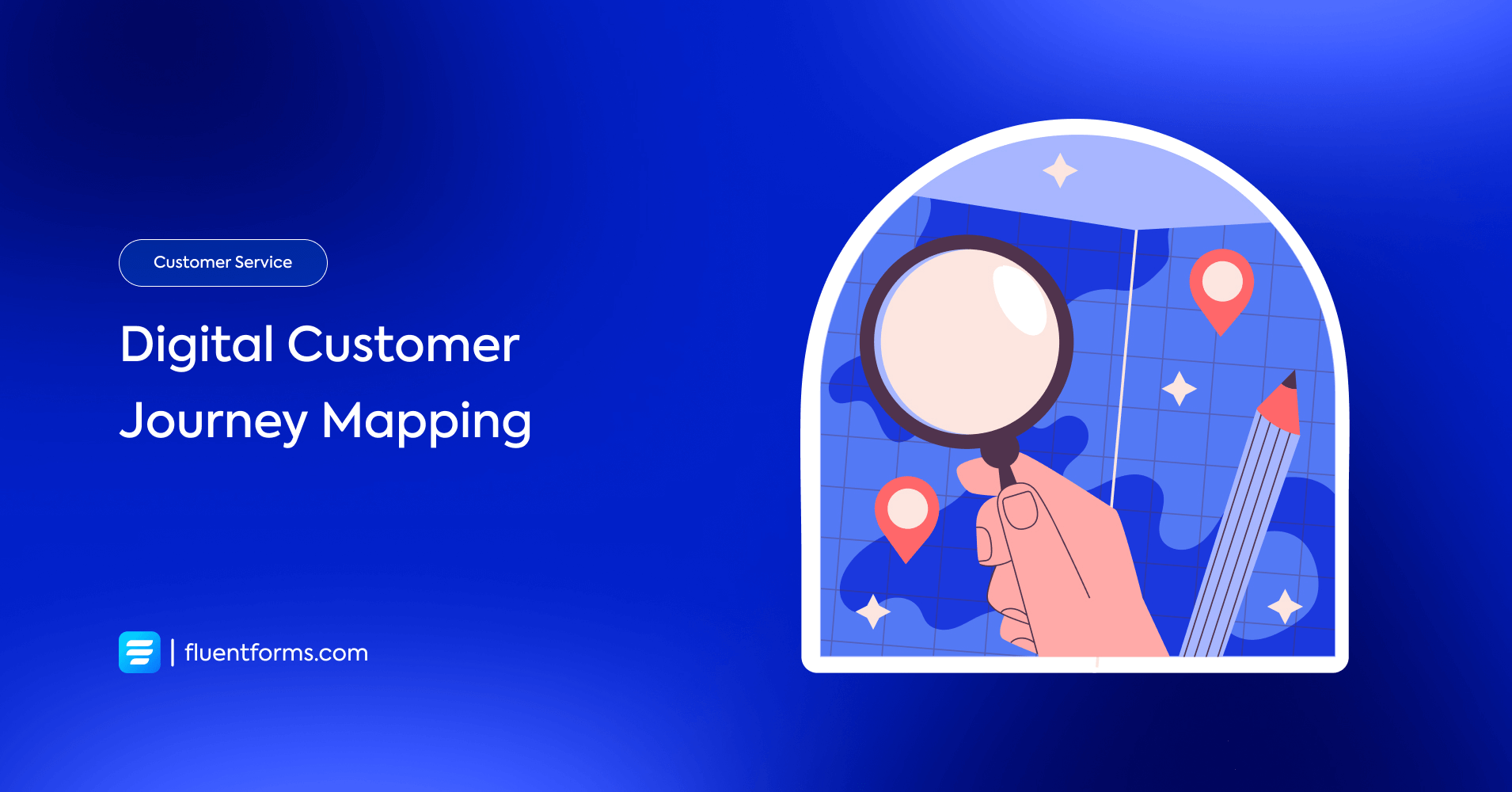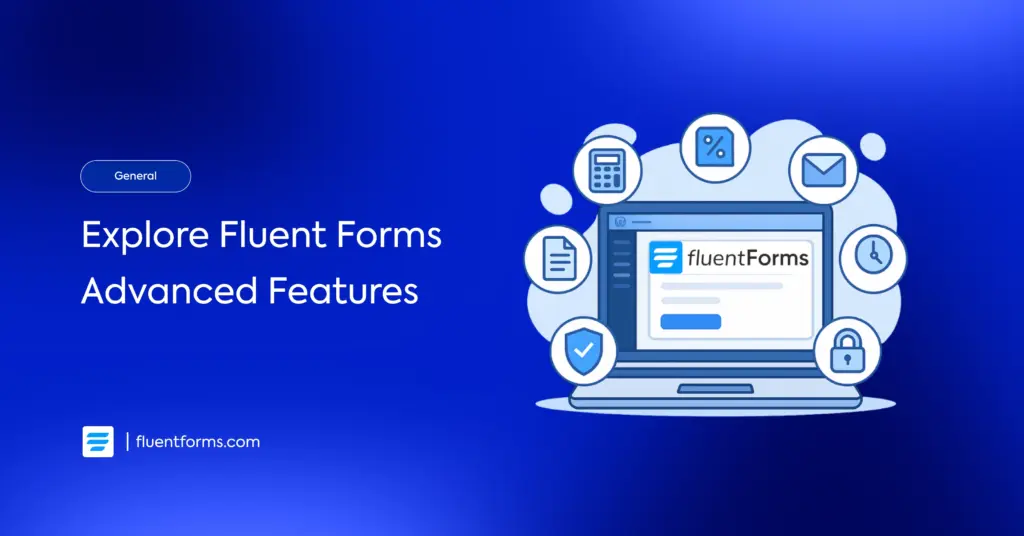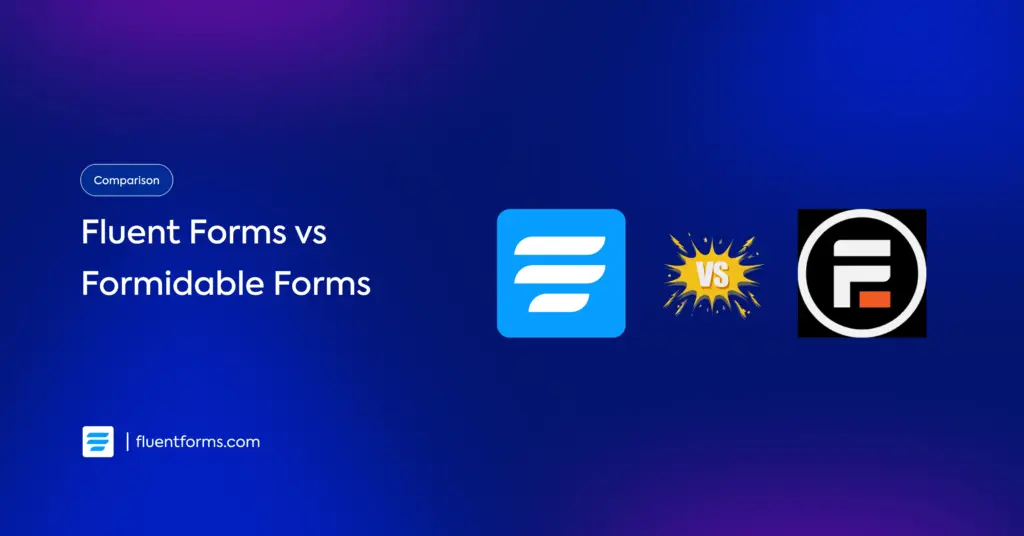Digital Customer Journey Mapping for Small Business: Blueprint to Success

Finding your potential customers is a treasure hunt. Your efforts to gain customers fall when you don’t know where to put your efforts.
52% of all internet traffic now comes from mobile, with desktop usage on a trending decline. This data shows that traffic or customers can come from different paths and they have their priority.
If your customers start their journey with a mobile phone to find you and your content isn’t optimized for mobiles, then you’ll fail to reach them. That’s why you need to understand the digital journey of customers.
This write-up is a guideline to the digital customer journey mapping. It includes insights about the different stages of the journey and how to utilize those stages. Most of the small businesses struggle to map the customer journey, that’s why special tips are also added to create a roadway to reach potential customers.
What is digital customer journey mapping?
A customer journey map is simply the road customers take to reach or connect to you. It also extends to the point of interactions that occur after the connection is built.
Historically, this used to start from the first time they hear about you from anyone else, then come to your shop, make some purchases, or even interact with you when they face any issues with your product. But, situations have changed and customer touchpoints have increased.
Because of digitalization, they can hear about you from social media, stalk your website, call your support team for issues, and so on. All these pathways that lead the customers to your business, fabricate a digital customer journey map.
How does it affect your business?
If you go back in time, you’ll notice that there is only one way to buy a product. Go to the shops and buy after watching a promotion on TV or posters. But things are not that linear nowadays.
Now you’re exposed to digital media and online platforms. A buyer’s ways of finding you or buying from you have exponentially increased through the years.
Digital media channels (Twitter, Facebook, Instagram, YouTube, etc.) and online platforms (websites, forums, blogs, etc.) offer different touchpoints for your customers to connect. And if you don’t pay attention to these touchpoints, you might miss your potential customers.
Small businesses must cater to the digital touchpoints in a well-planned way. Though they might lack resources; digital media and online platforms are easily accessible.
That’s the reason why they must take control of them. Knowing from where the customers can come does most of the work.
The touchpoints are the bridges that lead the way to your business. And if you don’t build your bridge carefully, it’ll surely fall.
To understand the digital customer journey you need to ask questions to yourself first. Think about your last purchase.
- Where did you do your research, and which platforms did you trust?
- How many interactions have you had online with the brand?
- Did you visit their website? How many times?
- Did you find their website easy to navigate?
- Did you interact with their AI chatbot or online help?
These questions help you to understand the digital experience a customer might go through. There are many more things to come regarding this. Before that, let’s understand the stages of the digital customer journey first.
The stages of the digital customer journey
When someone buys from you, it’s never a single-step process. It’s a journey consisting of different stages that make someone your customer.
The various stages of this journey are motivated by specific influences that move them from one step to another.
Understanding the motives and inspirations of different stages of a customer’s journey is necessary; because that’s where you accompany them and lead them to your business.

The stages of an online customer journey are:
1. Awareness
This stage is related to discovery. You have often learned about something from a random ad, blog, or recommendation from someone you know. It might be your first time hearing it, but it creates a need within you. The same happens to everyone else. Online or offline, the discovery can create need.
Keep in mind, that need is a broad concept in the customer journey. The discovery can start from offline and then move to online i.e. start from a conversation between friends before going online.
In this blog, we’re focusing on a 100% digital process of awareness. The common way to get to the awareness phase is through advertising on digital media (social networks, websites, search engines, etc.). You can also pitch recommendations via influencer marketing on social media.
Things that can also be done at the awareness stage:
- Public Relations
- Content marketing
- Search engine optimization (SEO)
- Trade fairs and events
- Referral Marketing
- Influencer Marketing
The awareness stage is the initial stage of a customer’s journey, and it’s passive for the user. The user doesn’t have to put any effort into this stage. But whether they’ll think about investigating it further takes them to the next stage- ‘consideration’.
2. Consideration
This stage starts when you try to learn more about the product you’ve just heard about. Let’s say your friend recommends a headphone from a less-known brand, what do you do then? You search online about the brand, see their website, and learn about them further.
Study shows, 81% of potential buyers rely on online searches before making a purchase. To be frank, it’s also a stage to consider not buying the product at all. Here they check if the product/service aligns with their needs. The competition of companies at this stage is to win the first spot in the customer’s mind.
As the consideration stage escalates to decision-making, most companies invest more money here. The brands want to intercept the search process and reach through SEO and SEM content strategy. They send out email campaigns, reviews on third-party websites, sponsored articles, etc. Whoever makes the first appearance, and creates an impression is the winner of this stage.
The basic tasks you need to fulfill at the consideration stage are:
- Understand your customers
- Plan your contents that solve customers’ problems
- Interact directly if needed to answer their questions
To make a notable appearance, you need to put efforts into differentiating yourself from others and offering the added value of your brand. This approach attracts customers and initiates the possible relationship between you and your customers. After going through a lot of searches the consideration stage comes to an end and now it’s time for customers to make a decision.
3. Decision
This stage is simply where you convince people to buy your product. They’ve discovered it, searched, and gathered information about it, now’s the time they decide whether to buy from you or not. To orchestrate the decision-making you need to:
- Find out the possible objections and resolve them
- Have a unique selling proposition
- Create contents that describe properly about the product’s functions and usage
- Offer trials or demos if possible
Many companies face cart abandonment issues and they may be the ones to blame. Keeping your website user-friendly, and providing preferred payment methods are good practices to solve this problem. Easy and frictionless purchase is what customers want. If the procedure feels like a hassle to them, they’ll turn to your competitors.
The decision stage needs to be utilized properly. Once they buy from you, then the type of your competition changes regarding those customers. Now you contest your rivals to get repeat purchases from your customers. That’s where the retention stage comes in.
4. Retention
After the purchase is done, we move to the retention stage. Retention is followed by the possibility of repeat purchases done by the customers. The customers who make repeat purchases with your company are said to be retained.
Many factors lead to customer retention. Your customer retention strategy should align with those factors. Providing a smooth customer experience is instrumental in achieving repeat customers. According to the CX Management market in the US, 49% of consumers have left a brand due to unpleasant customer experiences.
In terms of small businesses, focusing on retention can be a good strategy. Because they can provide:
- Personalizations and recommendations
- Send additional resources
- Create a community
- Give after-sales services
These are important to convince customers to stay. The loyal customers are the ones who can become your advocate in the future.
5. Advocacy:
Customers becoming your brand’s advocates is one of the best things in business. When you can provide the solution to their problem, exceptional experience; and listen to what they have to say- all these compel the customers to become your advocate. It’s the stage where buyers willingly or sometimes for their benefit, recommend the brands.
To make people talk about your brand is quite a long way. Because it takes a lot to gain a loyal customer base. When you’re a small business, the hurdles increase. And it’s not about paying people money to talk about you. There are a lot of things that can be done to turn your customers into your advocates. They are:
- Collect feedback- to make your customers feel valued. Make changes if their suggestions sound rational.
- Improve customer experience- to retain customers. They may share their memorable experience with others.
- Run loyalty programs- to create a loyal customer base. It might include referral rewards and bonuses.
- Use data- to find potential advocates. Reward them, and offer them unique value, this works like magic.
Keep your customers in touch, make them feel heard, show them their suggestions matter, and provide exclusive offers that customers willingly talk about your products and recommend them.
Basics of a digital customer journey mapping
The focus of digital customer journey mapping includes:
- Finding where your customers interact
- Understanding how they interact
- Providing them with proper solutions
- Building loyalty
Now let’s go through the basics of creating a digital customer journey mapping.
Know your customers
The questions are simple. Who are your buyers? Why do they buy your product? What’s their need? How do they want things done? You need to answer these questions to start the mapping.
Knowing customers include:
- You know what they’d do before buying anything.
- You know what they’ll buy.
- You know their preferences (website interactions, payment methods, etc.)
- You know their pain points.
- You know how they want to be treated.
Once you get to know your customers, you can tailor your strategy accordingly. This helps you to further understand where and how they’ll interact. It prepares you for the best response.
Understand the digital customer journey
The customer journey has always been changing. It was only advertisement and offline purchase in the very beginning. But now it has become more complex, introducing different paths offline or online. Different approaches are needed in different paths of the journey.
The digital journey offers diverse journeys for different types of customers. It means, two customers can follow different pathways to become buyers. To understand the diversified journeys, keep in check:
- Which type of interactions occur at which point of the journey?
- What are the most common pathways to the customer journey?
- Can you provide a seamless experience in every type of journey?
- Are your interactions pleasant enough for the customers?
Answering all these questions can provide you with a deeper understanding of your customer’s journey and how you can shape it to your benefit.
Identify customer touchpoints
Understanding the customer journey should be followed by identifying customer touchpoints. The touchpoints are ingredients of a customer journey map. Identifying all the digital touchpoints that your customers use is necessary.
Know the touchpoints and do the following:
- Find the first interactions, and if there is any common touchpoint that most customers use when interacting with your brand.
- Note down every touchpoint. This may include responding to your social media post, visiting your website, opening an email, booking an appointment, meeting your employee, and so on.
- Include interactions like- questions from customer support, making complaints, or returning an item.
- Find your strengths and weaknesses by monitoring which touchpoints are performing well and which aren’t. Work on the loose ends.
Thus following your digital customer touchpoints and working to improve them is necessary. For small businesses, it is easy to track down the touchpoints and personalize the interactions through the touchpoints. They need to work on making the customer experience seamless through the touchpoints. Excellent customer service also plays a vital role.
Find customer pain points
Addressing the common issues that your customers encounter throughout the journey is important. You need to have an idea about possible hassles and problems your customer faces in the process. The solutions you provide should align with your customers.
Finding and resolving the customer pain points include:
- Proper understanding of all the pain points such as the point of friction faced by customers in the journey and so on.
- Mark the pain points and find reasons behind the friction.
- Change your approaches toward the points and make necessary changes.
Unless you can find the pain points, you may lose customers.
Define ownership
Your team should own their work. Being the owner means they feel responsible for their work. Defining the ownership within the team is also important. It helps maintain the shape of the team itself and saves from getting overwhelmed by tasks.
The way you can define ownership:
- Clearly allocate responsibilities. Don’t keep any confusion about what are the responsibilities of each individual on the team. Set their goals accordingly.
- Accountability creates transparency. Hence, team members should know to whom they should be accountable. This helps create a chain of command.
- If anything needs to be consulted before doing the work, the team should have someone or some people for guidance.
- When the tasks are accomplished, designated people should be informed about it.
This process creates a workflow that helps your team to exactly provide what they’re assigned to in a frictionless way.
Focus on resolving issues according to priority
Wherever you see an issue, don’t jump in to resolve that. Have a priority list of the issues and resolve them accordingly. It can be a performance issue of a particular touchpoint, or a customer complaint.
The ways you can set your priorities for a digital customer journey:
- Find which part of the journey the issues are occurring and how important that part is.
- Decide if that issue can be resolved easily or if it will take time.
- Dedicate people according to priority and resolve issues.
- Don’t get stuck on focusing on one issue and forgetting the others.
Sorting out issues efficiently can remove the obstacles of a customer journey. Small businesses sometimes lack manpower or resources. They can set priorities regarding the impact of the issues i.e. which problem can hurt them the most and resolve accordingly.
Optimizing the digital customer journey consistently
Finally, you need to monitor the result of your mapping continuously. Businesses need to stay consistent while optimizing the digital customer journey to ensure it is working effectively. Many digital tools enable businesses to gain insights.
Small businesses might fail to access the tools or expertise, but they still can:
- Collect feedback about the changes they are doing.
- Being proactive in asking about possible issues.
- Asking for customers’ ideas and expectations of the journey.
- Keeping a strong presence in touchpoints where the customers are.
- Analyzing the feedback & results and making changes accordingly.
Continuous optimization of the digital customer journey is required to use the mapping to its full potential. Unless you make the necessary changes in the process, you’ll fall behind for sure.
Fluent Forms is your go-to form builder for conducting surveys or asking for feedback. Create conversational forms that resonate with your customers. Learn more about what questions to ask on customer surveys.
Wrap up
As you’ve reached this part of the blog, you have gained an understanding of the stages your buyer goes through. Including the type of journey they experience. Keep working on making their road to your business smooth and see the results.
Use different tools when possible for analyzing the results. Deeper insights are needed because the roadmap isn’t about a single path.
If you find this blog useful, share it with others. In the comment, tell us about your struggles while mapping the digital customer journey.







Leave a Reply